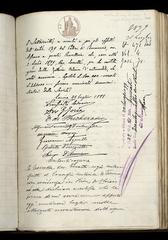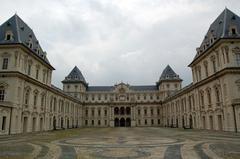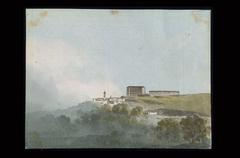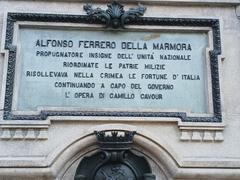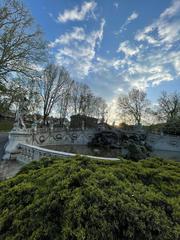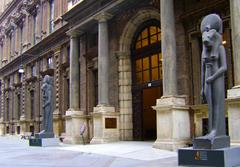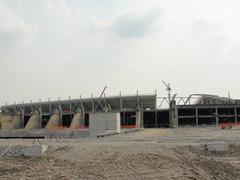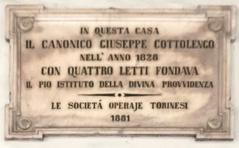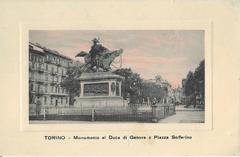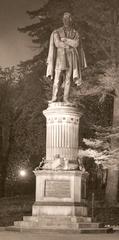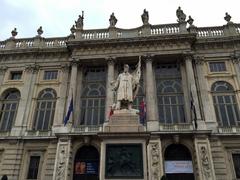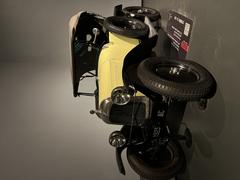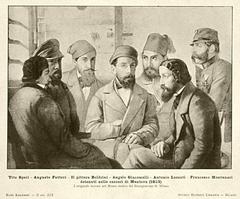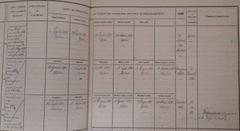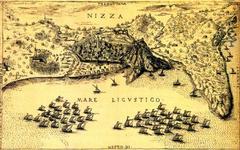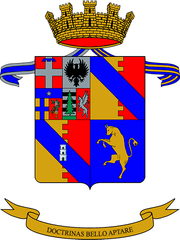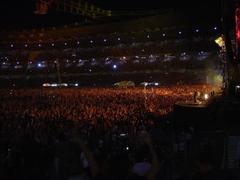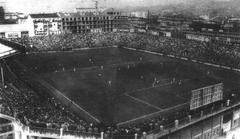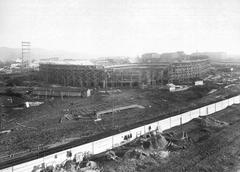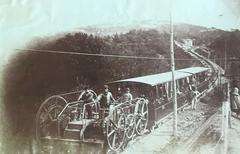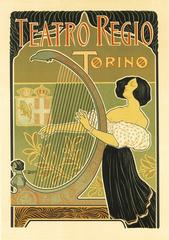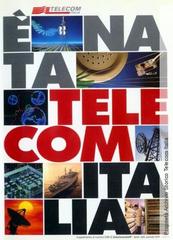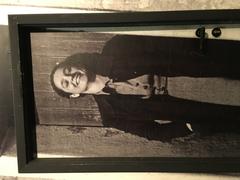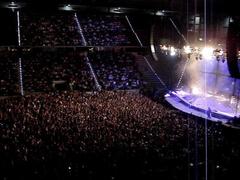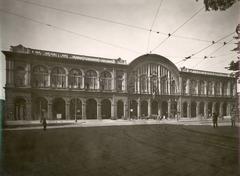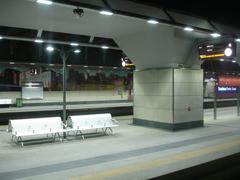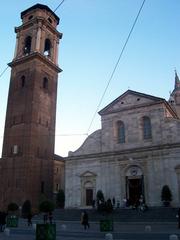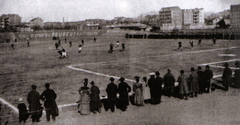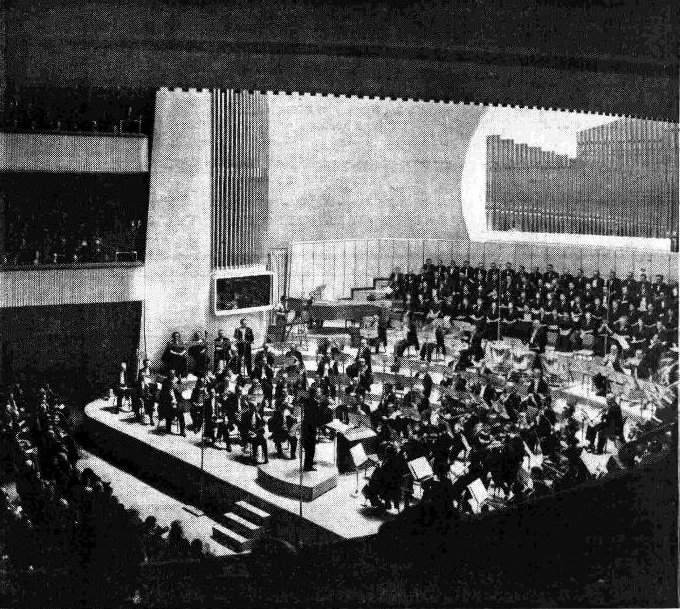
Auditorium Rai Turin: Visiting Hours, Tickets, and Historical Significance
Date: 03/07/2025
Introduction
The Auditorium Rai “Arturo Toscanini” stands as a central pillar in Turin’s cultural landscape, renowned for its architectural elegance, exceptional acoustics, and pivotal role in Italy’s musical and broadcasting history. More than just a concert hall, it is home to the prestigious RAI National Symphony Orchestra and serves as a hub for community engagement, education, and national media. This comprehensive guide explores the auditorium’s origins, architectural evolution, programming, visitor information, and its enduring significance to both local and international audiences. For up-to-date event schedules and ticketing, consult the official RAI Cultura website and platforms like Operabase.
1. Historical Overview
Origins and Early History
Originally built in 1856 as the Vittorio Emanuele II Royal Hippodrome for equestrian shows, the building underwent successive transformations: first into the Vittorio Emanuele Theater, then into a concert hall in the early 20th century (Trek Zone). Following the devastation of World War II—which destroyed much of Turin’s symphonic infrastructure—RAI (Radiotelevisione Italiana) acquired the venue. In 1952, under architects Aldo Morbelli and Carlo Mollino, it was reimagined as a modern concert auditorium, blending respect for its layered past with forward-looking design (Wikipedia).
Post-War Modernization
The 1952 transformation addressed limitations in acoustics and space, introducing a new stage, advanced recording systems, and improved audience facilities. The inaugural concert, conducted by Mario Rossi, set a precedent for excellence that would define the venue’s future (Wikipedia).
Recent Restoration
A significant restoration in the early 2000s, led by Benedetto Camerana and acoustic experts Müller BBM, further enhanced the hall’s sound quality and accessibility, while preserving historical elements (Camerana Studio). The horseshoe-shaped hall, sunburst ceiling motif, and red velvet seating epitomize a synthesis of tradition and modernity.
2. Architectural and Acoustic Excellence
Design Features
- Horseshoe Layout: Ensures optimal sightlines and acoustics for all 1,616 seats (Trek Zone).
- Acoustic Innovations: Convex and concave plaster wall elements, a flat reflective ceiling, suspended acoustic panels, and the striking sunburst pattern combine to create a world-class auditory experience (Camerana Studio).
- Stage Capacity: Accommodates up to 120 musicians and a chorus of 150, enabling ambitious programming and large-scale performances.
Restoration and Safety
The most recent renovations prioritized removing hazardous materials, updating fire safety systems, and improving accessibility, ensuring the venue meets modern standards while honoring its architectural heritage (Camerana Studio).
3. The Auditorium as a Cultural Hub
Resident Orchestra
The auditorium is home to the Orchestra Sinfonica Nazionale della Rai (OSN Rai), one of Italy’s leading symphony orchestras. Since 1993, it has unified RAI’s regional ensembles, producing acclaimed concert seasons and broadcasts (Concertisti Classica).
Programming
- Symphonic Seasons: Annual seasons feature a blend of classical, romantic, and contemporary repertoire, with collaborations with renowned conductors and soloists (RAI Cultura).
- Broadcasts: Many concerts are transmitted live on Rai Radio3 and Rai5, making high culture accessible to all Italians (Operabase).
- Festivals and Special Events: The auditorium is a major venue for events like MiTo SettembreMusica, attracting international attention (MiTo SettembreMusica).
Dedication to Arturo Toscanini
On the 50th anniversary of the maestro’s death, the venue was dedicated to Arturo Toscanini, a symbol of Italian musical excellence (Wikipedia).
4. Community Engagement and Educational Initiatives
The auditorium’s role extends beyond performance:
- Educational Concerts: Regular programming for schools and families.
- Open Rehearsals and Workshops: Opportunities for the public to engage with musicians and learn about orchestral music (RAI Cultura).
- Accessibility: Facilities include wheelchair access, reserved seating, accessible restrooms, and assistive listening devices (Auditorium Rai Accessibility).
5. Visitor Information
Location
Address: Via Rossini 15, 10124 Turin, Italy. The venue is centrally located, within walking distance of key attractions like the Mole Antonelliana and Museo Egizio (Turismo Torino).
Getting There
- Public Transport: Served by tram and bus lines 15, 55, and 68. Nearest metro: Porta Nuova (Line M1) (GTT Torino).
- Parking: Limited street parking; recommended garages include Parcheggio Piazza Vittorio Veneto and Parcheggio Roma-San Carlo-Castello (Parcheggi Torino).
Visiting Hours
- Box Office: Open 10:00–18:00 on event days; opens one hour before performances.
- Guided Tours: Offered occasionally; check the official website for schedules.
Tickets
- Purchase Options: Online via RAI Orchestra Sinfonica Nazionale, on-site at the box office, or through authorized outlets like Vivaticket.
- Pricing: Varies by event and seat (€15–€45 for symphonic concerts, with discounts for students and seniors).
Amenities
- Seating: Main hall with stalls, galleries, and balconies.
- Cloakroom: Complimentary for ticket holders.
- Restrooms: Accessible on all floors.
- Café-Bar: Open before performances and during intermissions.
- Wi-Fi: Available in public areas.
- Lost & Found: Managed at the cloakroom or administrative office.
6. Nearby Attractions
Combine your visit with nearby cultural sites:
- Mole Antonelliana (National Museum of Cinema) (Museo Nazionale del Cinema)
- Museo Egizio (Museo Egizio)
- Piazza Vittorio Veneto, Royal Palace of Turin
For accommodation, options range from luxury hotels (Grand Hotel Sitea) to boutique guesthouses.
7. Tips and Visitor Etiquette
- Book Early: High-demand events may sell out.
- Arrive Early: Allow time for security and seating.
- Dress Code: Smart-casual recommended; business attire for gala events.
- Photography: Permitted in public areas; prohibited during performances.
- Respect Event Etiquette: Silence phones and avoid disruptions.
8. Frequently Asked Questions (FAQ)
Q: What are the visiting hours?
A: Box office typically open 10:00–18:00 on event days; guided tours have scheduled times.
Q: How do I buy tickets?
A: Online at the official OSN Rai website, at the box office, or via Vivaticket.
Q: Is the auditorium wheelchair accessible?
A: Yes, including elevators, designated seating, and accessible restrooms.
Q: Are there guided tours?
A: Occasionally—check the official website for availability.
Q: What major attractions are nearby?
A: Mole Antonelliana, Museo Egizio, Royal Palace of Turin, Piazza Castello.
Q: Can I take photos?
A: Yes, in foyer and public areas; not during performances.
9. Conclusion and Recommendations
The Auditorium Rai “Arturo Toscanini” is an architectural and cultural jewel at the heart of Turin. Its history, acoustic excellence, and dynamic programming make it a premier destination for both music lovers and cultural explorers. Visitors are encouraged to check official resources for current schedules and ticketing, book early for popular events, and take time to appreciate the building’s unique design and vibrant atmosphere. A visit to the auditorium offers an immersive journey into the best of Italian music and urban heritage.
10. Sources and Official Links
- Wikipedia, Auditorium Rai di Torino
- Camerana Studio, Auditorium Rai Renovation Project
- Trek Zone, Auditorium Rai Turin
- Operabase, Auditorium Rai di Torino Venue
- RAI Cultura, Orchestra Sinfonica Nazionale della Rai
- Concertisti Classica, Auditorium Rai Arturo Toscanini
- Turismo Torino, Auditorium Rai
- OSN Rai Official Website
- MiTo SettembreMusica
- Auditorium Rai Accessibility
- GTT Torino Public Transport
- Parcheggi Torino
- Museo Nazionale del Cinema
- Museo Egizio
- Grand Hotel Sitea



